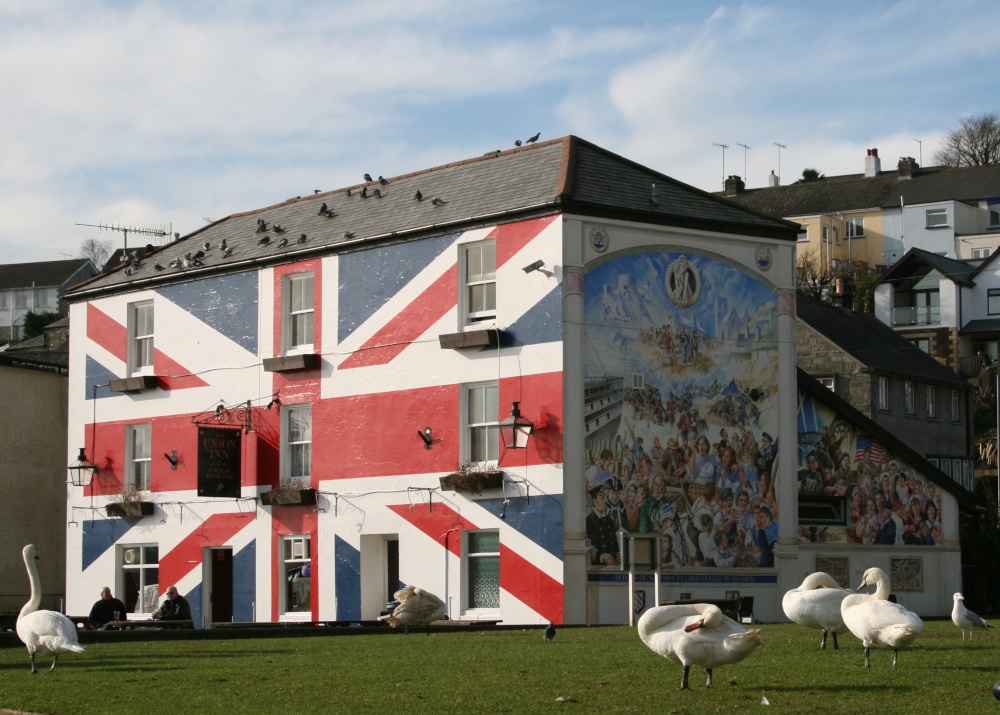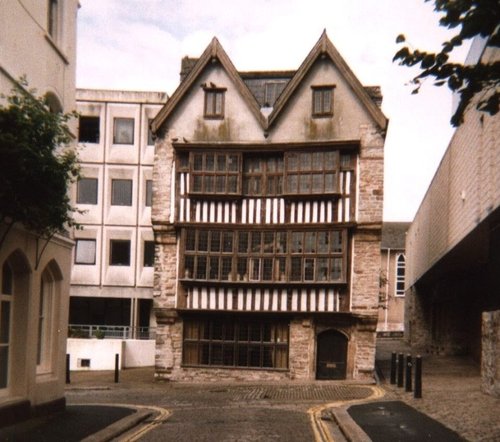Pictures of Plymouth
About Plymouth
This is a city that evokes stirring memories of England's great maritime past. Think of Plymouth and immediately great seafaring figures from the past spring to mind; in the 17th-century the Pilgrim Fathers stopped here en-route for the New World in the Mayflower, Captain James Cook and Charles Darwin sailed from here and standing on the Hoe is a prominent statue of Sir Francis Drake which commemorates his connections with the town.
Plymouth is built between the esturies of the River Tamar and the River Plym and spanning the Tamar to the north of the city are two bridges. The Royal Albert is a railway bridge, completed in 1859 to a design by Brunel and the other is a single span suspension road bridge built to a graceful, modern design very much in keeping with the new city that was rebuilt after the devastations of the second world war when Plymouth suffered appalling bomb damage.
The great naval dockyard at Devonport on the western side of the city was established in 1691 and remains the largest of it's kind in England today. Further round the coast is Sutton Harbour, named after the fishing village that became Plymouth in the year 1231. The voyage of the Pilgrim Fathers' is commemored by the steps in the harbour which carry their ship's name. King Charles II ordered the building of a Citadel which was completed in the 1670's It stands, as if to guard the harbour, on the eastern edge of the Hoe and from it's ramparts are fine views across the sound.
Some beautiful Tudor houses are to be found in the Barbican area, many of which were built by wealthy merchants who made vast fortunes from the sea. The fine Elizabethan House in New Street was once a merchant's home. Also, in New Street, is the Mayflower Stone.
All around Plymouth is the flavour of the sea and the great events connected with it and perhaps the most vivid of these memories is the picture of Sir Francis Drake who is famously reputed to have completed a game of Bowls before joining his ship to engage the fleet of the Spanish Armada.in 1588.
These day's Plymouth is often used as a stopping off point for tourists travelling to Europe, it is though a lovely resort in it's own right. There are many wonderful old buildings to be seen, much to do and to explore. Navy days' are held at the end of August when the town is bright with the sight of young men and women in their immaculate naval attire. There are theatres, museums, art galleries and excellent up to the minute shopping facilities with all major high street stores being represented. There is an aquarium and indoor and outdoor swimming pools. There are sailing schools and sailing clubs. You should not leave without taking in a fishing trip or a trip along the river for this beautiful city and the famous coastal spots that surround it are best enjoyed off shore.








